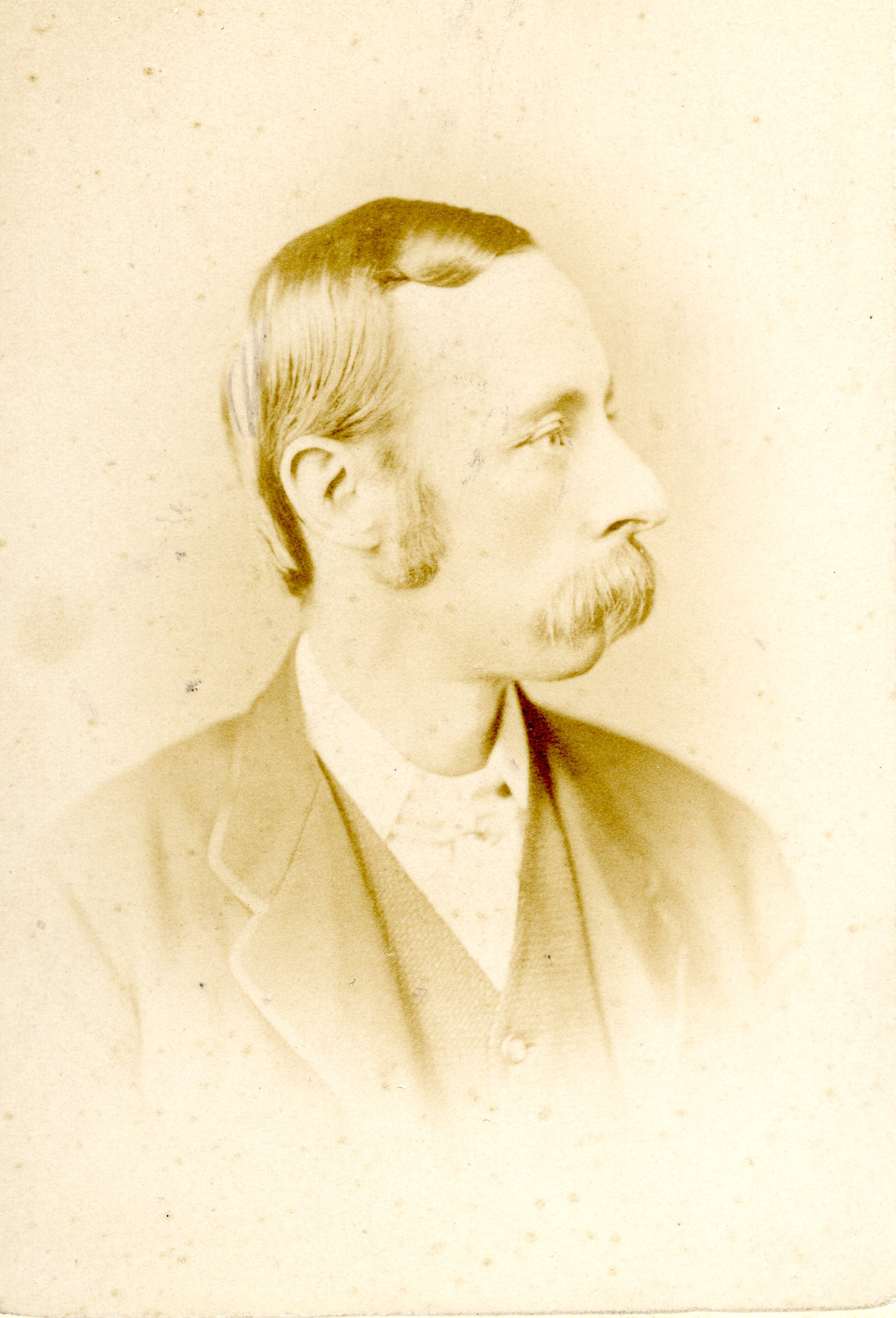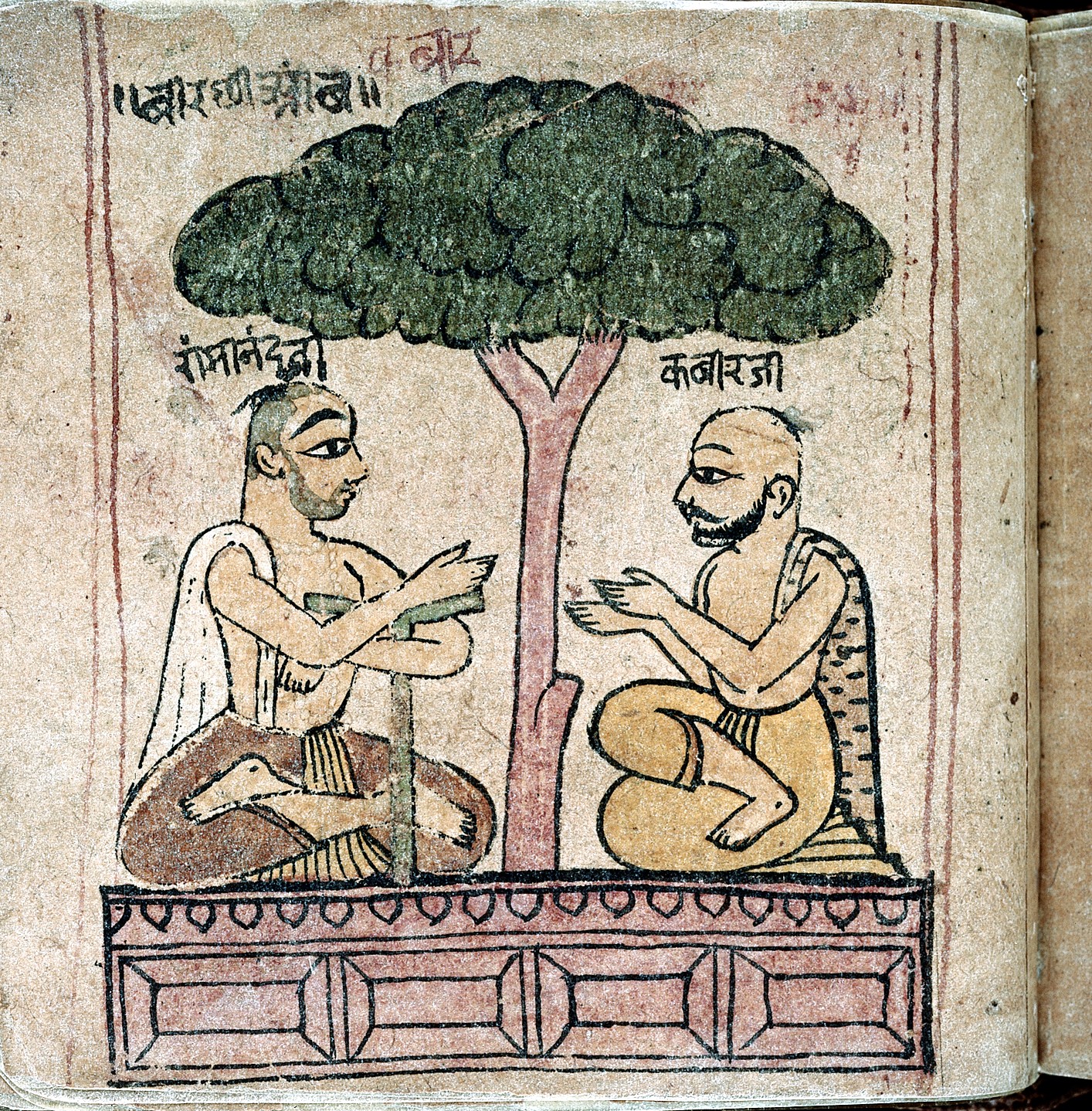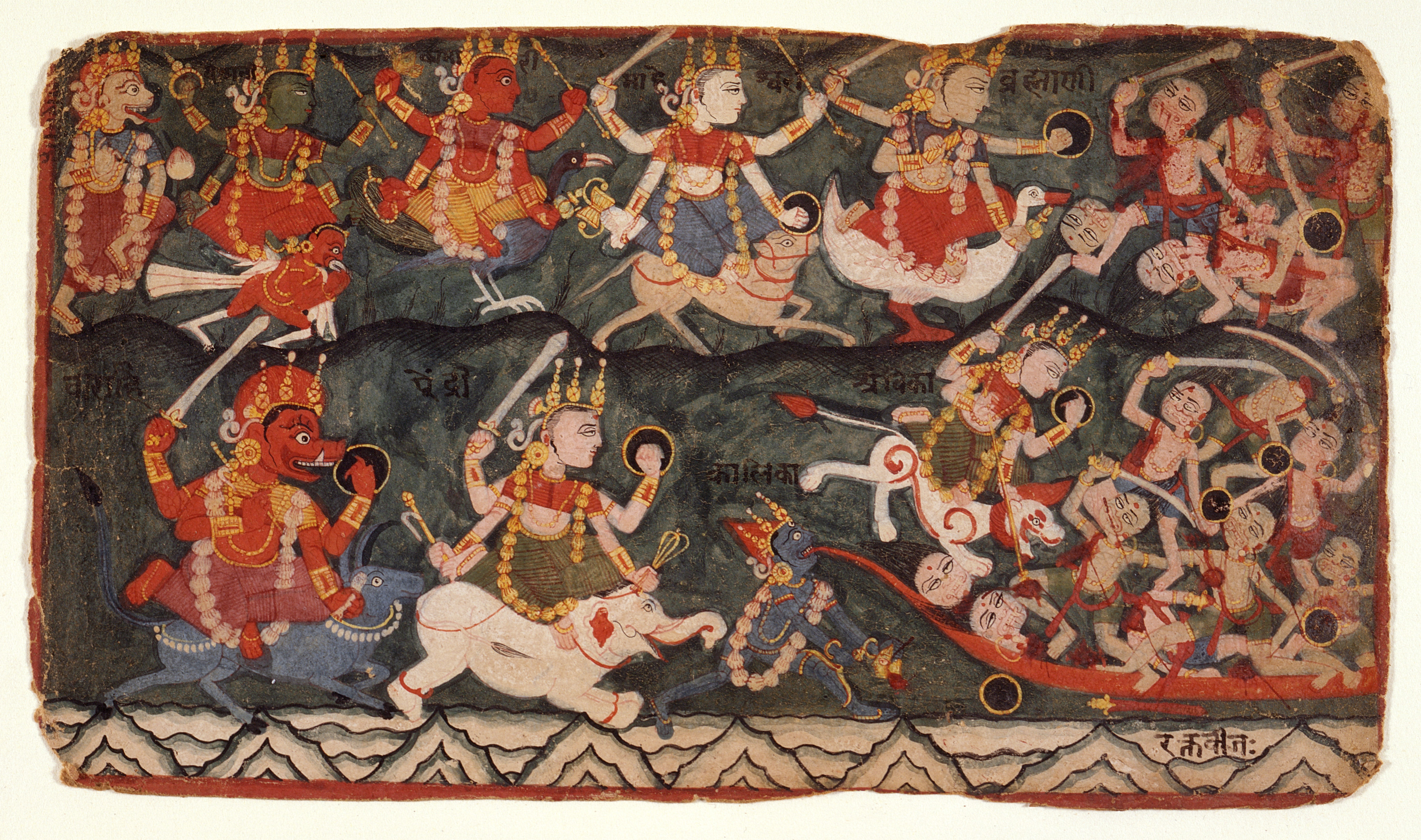|
Thunchaththu Ezhuthachan
Thunchaththu Ramanujan Ezhuthachan (, ) (Floruit, ''fl.'' 16th century) was a Malayalam devotional poet, translator and linguist. He was one of the prāchīna kavithrayam (old triad) of Malayalam literature, the other two being Kunchan Nambiar and Cherusseri Namboothiri, Cherusseri. He has been called the "Father of Modern Malayalam language, Malayalam Literature", and the "Primal Poet in Malayalam". He was one of the pioneers of a major shift in Kerala's literary culture (the domesticated religious textuality associated with the Bhakti movement). His work is published and read far more than that of any of his contemporaries or predecessors in Kerala. He was born in a place called Thunjan Parambu, Thunchaththu in present-day Tirur in the Malappuram district of northern Kerala, in a traditional Hinduism, Hindu family. Little is known with certainty about his life. He was not from a brahmin community and for long, brahmins of kerala were reluctant to accept him. His success even ... [...More Info...] [...Related Items...] OR: [Wikipedia] [Google] [Baidu] |
Kerala
Kerala ( , ) is a States and union territories of India, state on the Malabar Coast of India. It was formed on 1 November 1956, following the passage of the States Reorganisation Act, by combining Malayalam-speaking regions of the erstwhile regions of Kingdom of Cochin, Cochin, Malabar District, Malabar, South Canara, and Travancore. Spread over , Kerala is the 14th List of states and union territories of India by area, smallest Indian state by area. It is bordered by Karnataka to the north and northeast, Tamil Nadu to the east and south, and the Laccadive Sea, Lakshadweep Sea to the west. With 33 million inhabitants as per the 2011 Census of India, 2011 census, Kerala is the List of states of India by population, 13th-largest Indian state by population. It is divided into 14 List of districts of Kerala, districts with the capital being Thiruvananthapuram. Malayalam is the most widely spoken language and is also the official language of the state. The Chera dynasty was the f ... [...More Info...] [...Related Items...] OR: [Wikipedia] [Google] [Baidu] |
Ramananda
Jagadguru Swami Ramananda (IAST: Rāmānanda) or Ramanandacharya was an Indian 14th-century Hindu Vaishnava devotional poet Sant (religion), saint, who lived in the Gangetic basin of northern India. The Hindu tradition recognizes him as the founder of the Ramanandi Sampradaya, the largest Sannyasa, monastic Hindu renunciant community in modern times.Selva Raj and William Harman (2007), Dealing with Deities: The Ritual Vow in South Asia, State University of New York Press, , pages 165-166James G Lochtefeld (2002), The Illustrated Encyclopedia of Hinduism: N-Z, Rosen Publishing, , pages 553-554 Born in a Kanyakubja Brahmin family, Ramananda for the most part of his life lived in the holy city of Varanasi.David Lorenzen, Who Invented Hinduism: Essays on Religion in History, , pages 104-106 His date of birth is December 30, while his date of death is uncertain, but historical evidence suggests he was one of the earliest sant (religion), saints and a pioneering figure of the Bhakt ... [...More Info...] [...Related Items...] OR: [Wikipedia] [Google] [Baidu] |
Ulloor S
Ulloor is a city locality in the Thiruvananthapuram, Kerala, India. It was the home of the modern Malayalam triumvirate poet Ulloor S. Parameswara Iyer. The Government Medical College, Thiruvananthapuram and Credence Hospital Thiruvananthapuram, Sree Uthram Thirunal Royal Hospital are located at Ulloor. Ulloor comes under Cheruvaikkal village limits of Thiruvananthapuram taluk A tehsil (, also known as tahsil, taluk, or taluka () is a local unit of administrative division in India and Pakistan. It is a subdistrict of the area within a district including the designated populated place that serves as its administrative .... It comes under Kazhakootam legislative assembly constituency and Thiruvananthapuram Lok Sabha constituency. Among the devotional buildings in Ulloor are Ulloor Balasubrahmanya Swamy temple, St. Mary's Church and St. Alphonsa Church. Notable people * Ulloor S. Parameswara Iyer References {{reflist Suburbs of Thiruvananthapuram ... [...More Info...] [...Related Items...] OR: [Wikipedia] [Google] [Baidu] |
Melpathur Narayana Bhattathiri
Melpathur Narayana Bhattathiri (Mēlpattūr Nārāyaṇa Bhaṭṭatiri; 1560–1646/1666), third student of Achyuta Pisharati, was a member of Madhava of Sangamagrama's Kerala school of astronomy and mathematics. He was a mathematical linguist (vyakarana). His most important scholarly work, ''Prakriya-sarvasvam'', sets forth an axiomatic system elaborating on the classical system of Panini. However, he is most famous for his masterpiece, '' Narayaneeyam'', a devotional composition in praise of Guruvayurappan (Krishna) that is still sung at Guruvayur Temple. Birth and education Bhattathri was from a village named Melpathur at Kurumbathur in Athavanad Panchayat near the Tirur River in 1560 in a Brahmin family, the son of Mathrudattan Bhattathiri, a pandit himself. Bhattathiri studied from his father as a child. He learned the ''Rig Veda'' from Madhava, Tarka śāstra (science of debate in Sanskrit) from Damodara and Vyākaraṇa (Sanskrit grammar) from Achyuta Pisharati. ... [...More Info...] [...Related Items...] OR: [Wikipedia] [Google] [Baidu] |
Hermann Gundert
Hermann Gundert (Stuttgart, 4 February 1814 – 25 April 1893) was a German missionary, scholar, and linguist, as well as the maternal grandfather of German novelist and Nobel laureate Hermann Hesse. Gundert is chiefly known for his contributions as an Indologist, and compiled a Malayalam grammar book, ''Malayalabhaasha Vyakaranam'' (1859), in which he developed and constricted the grammar spoken by the Malayalis, nowadays; a Malayalam-English dictionary (1872), and contributed to work on Bible translations into Malayalam. He worked primarily at Tellicherry on the Malabar coast, in present day Kerala, India. Gundert also contributed to the fields of history, geography and astronomy. Gundert gave the famous epithet "God's own country" to Kerala seeing the beauty of the land while he traveled from Kunnamkulam to Mangalore on a boat. Early years Hermann Gundert was born to Ludwig Gundert and Christiana Enslin, and was the couple's third child. His father was the secretary of t ... [...More Info...] [...Related Items...] OR: [Wikipedia] [Google] [Baidu] |
William Logan (author)
William Logan (1841–1914) was a Scotland, Scottish officer of the Madras Civil Service under the British Government. Before his appointment as Collector of Malabar District, Malabar, he had served in the area for about 20 years in the capacity of Magistrate and Judge. He was conversant in Malayalam, Tamil language, Tamil and Telugu language, Telugu. He is remembered for his 1887 guide to the Malabar District, popularly known as the ''Malabar Manual''. Early life William logan was born on 17 May 1841 at Ferney Castle, near Reston – Berwickshire, Scotland. His father was David Logan, an agriculturist and Mother was Elizabeth Hasti. He received his primary education at the Musselberg School near Edinburgh. William, who excelled in his studies, won the Duke's Medal for the most intelligent student. He later joined the University of Edinburgh and appeared for the Madras Civil Service Examination. He also belonged to a peasant family, breaking the monopoly of the rich and aristocr ... [...More Info...] [...Related Items...] OR: [Wikipedia] [Google] [Baidu] |
Chittur-Thathamangalam
Chittur-Thathamangalam is a town and municipality in the Palakkad district of Kerala State, India. It is the headquarters of Chittur taluk, southeast of Palakkad, on the banks of the Kannadipuzha, a major headstream of the Bharathapuzha, the second-longest river in Kerala. A mini civil station is also located here, which provides government-related services. It consists of two areas, Chittur and Thathamangalam, which together form the municipality. Etymology Temples Chittur-Thathamangalam town consists of the famous Chittur Bhagavathi temple, which is under the Cochin Devaswom board. The other major temples are the Pazhayannur Bhagavathi temple, Durga temple, and Sivakshethram (in Lankeswaram agraharam). Economy and society Agriculture is the main occupation of the district's people. The town is home to some of the major Menon tharavads of Kerala. There are also many agraharams (communities of Iyers) and Moothan communities. History The Sokanashini river flows throu ... [...More Info...] [...Related Items...] OR: [Wikipedia] [Google] [Baidu] |
Arthur Coke Burnell
Arthur Coke Burnell (11 July 184012 October 1882) was an England, English civil servant who served in the Madras Presidency who was also a scholar in Sanskrit and Dravidian languages, Dravidian languages. He catalogued the Sanskrit manuscripts in southern India, particularly those in the collections of the Thanjavur, Tanjore court collections. He was, with Henry Yule, a co-compiler of the ''Hobson-Jobson'', a compendium of Anglo-Indian terms. Life Burnell was born at St. Briavels, Gloucestershire, the first son of Arthur Burnell who worked in the East India Company and Mary Agnes, ''née'' Coke. A grand-uncle was William Coke. He was educated at Bedford School, and then went to King's College, London, where a meeting with Professor Viggo Fausböll of Copenhagen led him to an early interest in Indology. He took the examination for the Indian Civil Services in 1857 and after studies in Sanskrit and Telugu with Theodor Goldstücker went to take up a post in the Madras Presidency in ... [...More Info...] [...Related Items...] OR: [Wikipedia] [Google] [Baidu] |
Arthur C
Arthur is a masculine given name of uncertain etymology. Its popularity derives from it being the name of the legendary hero King Arthur. A common spelling variant used in many Slavic, Romance, and Germanic languages is Artur. In Spanish and Italian it is Arturo. Etymology The earliest attestation of the name Arthur is in the early 9th century Welsh-Latin text '' Historia Brittonum'', where it refers to a circa 5th century Romano-British general who fought against the invading Saxons, and who later gave rise to the famous King Arthur of medieval legend and literature. A possible earlier mention of the same man is to be found in the epic Welsh poem '' Y Gododdin'' by Aneirin, which some scholars assign to the late 6th century, though this is still a matter of debate and the poem only survives in a late 13th century manuscript entitled the Book of Aneirin. A 9th-century Breton landowner named Arthur witnessed several charters collected in the '' Cartulary of Redon''. The Irish ... [...More Info...] [...Related Items...] OR: [Wikipedia] [Google] [Baidu] |
Malayalam Script
Malayalam script (; / ) is a Brahmic scripts, Brahmic script used to write Malayalam, the principal language of Kerala, India, spoken by 45 million people. It is a Dravidian language spoken in the Indian state of Kerala and the union territories of Lakshadweep and Puducherry (Mahé district) by the Malayali people. It is one of the official scripts of the Indian Republic. The Malayalam script resembles Tulu script and Tigalari script, used to write the Tulu language, spoken in Tulu Nadu, coastal Karnataka (Dakshina Kannada and Udupi district, Udupi districts) and the northernmost Kasargod district of Kerala. Like many Indic scripts, it is an alphasyllabary (abugida), a writing system that is partially "alphabetic" and partially syllable-based. The modern Malayalam alphabet has 15 vowel letters, 42 consonant letters, and a few other symbols. The Malayalam script is a Vatteluttu alphabet extended with symbols from the Grantha alphabet to represent Indo-Aryan languages, Ind ... [...More Info...] [...Related Items...] OR: [Wikipedia] [Google] [Baidu] |
Puranas
Puranas (Merriam-Webster's Encyclopedia of Literature (1995 Edition), Article on "Puranas", , page 915) are a vast genre of Indian literature that include a wide range of topics, especially legends and other traditional lore. The Puranas are known for the intricate layers of symbolism depicted within their stories. Composed originally in Sanskrit and in Languages of India, other Indian languages,John Cort (1993), "An Overview of the Jaina Puranas" in ''Purana Perennis: Reciprocity and Transformation in Hindu and Jaina Texts,'' (Editor: Wendy Doniger), State University of New York Press, , pages 185-204 several of these texts are named after major Hindu deities such as Vishnu, Shiva, Brahma, and Mahadevi, Devi. The Puranic genre of literat ... [...More Info...] [...Related Items...] OR: [Wikipedia] [Google] [Baidu] |
Sanskrit
Sanskrit (; stem form ; nominal singular , ,) is a classical language belonging to the Indo-Aryan languages, Indo-Aryan branch of the Indo-European languages. It arose in northwest South Asia after its predecessor languages had Trans-cultural diffusion, diffused there from the northwest in the late Bronze Age#South Asia, Bronze Age. Sanskrit is the sacred language of Hinduism, the language of classical Hindu philosophy, and of historical texts of Buddhism and Jainism. It was a lingua franca, link language in ancient and medieval South Asia, and upon transmission of Hindu and Buddhist culture to Southeast Asia, East Asia and Central Asia in the early medieval era, it became a language of religion and high culture, and of the political elites in some of these regions. As a result, Sanskrit had a lasting effect on the languages of South Asia, Southeast Asia and East Asia, especially in their formal and learned vocabularies. Sanskrit generally connotes several Indo-Aryan languages# ... [...More Info...] [...Related Items...] OR: [Wikipedia] [Google] [Baidu] |





